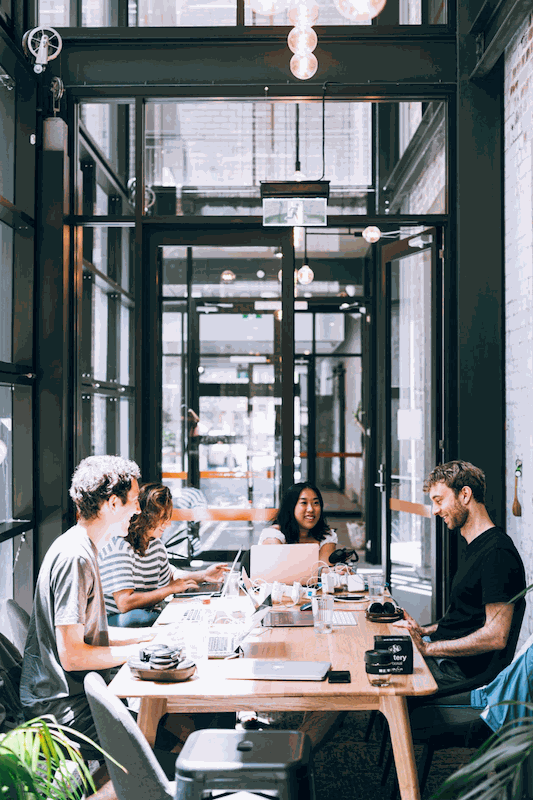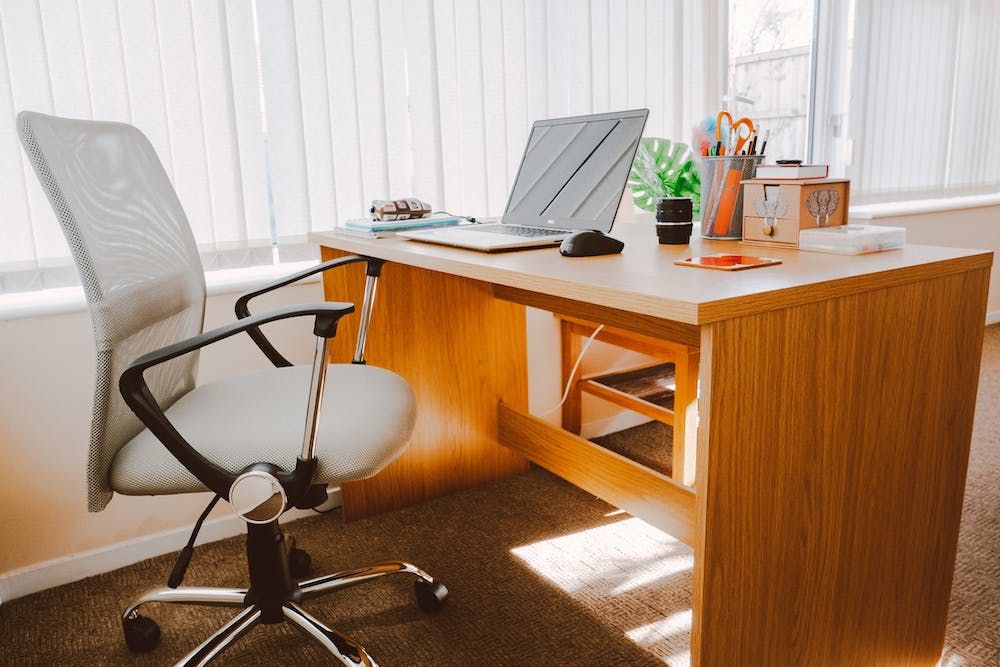The open plan office has a fairly long history. Henry Ford and industrialists such as Frederick Winslow Taylor promoted the idea of large rows of desks where clerks could perform repetitive tasks. The 1950s and 1960s ushered in specialist companies which designed furniture for the open plan office including cubicles, desks and even potted plants.
Open plan led to hot-desking in many organizations where employees could (or were encouraged to) switch desks everyday thus ensuring better connections with their colleagues – or at least that was the aim. Knowledge-based companies, startups and online businesses brought about a new type of open plan which combines cubicles, open desks, private offices and meeting rooms.

Disadvantages of Open Plan
Benefits of Open Plan

Modern Usage
Even the experts seem to agree that open plan offices just don’t suit everyone and every situation. A Harvard Business School study revealed that face-to-face interaction is reduced by 70% in open plan spaces while the use of email and messaging increases by nearly a half.


Can they be improved?
Some large companies did try to go a different way. During the Jobs era at Pixar, workers were based in individual offices and up to 6 employees in adjacent offices could share a collaborative space when necessary.
WeWork is maybe the best example of modern open planning but what distinguishes it from the others is its flexibility. The company claims to compress people into smaller working spaces without sacrificing satisfaction. A large variety of seating arrangements including private offices, meeting rooms and call booths ensure that people can collaborate with their colleagues (and colleagues from other companies) when they need to but also find a quiet space when the need to focus arises.
Improving Office Layouts

Computers
Wireless mice and keyboards allow for more comfortable arrangements when sitting in front of the computer. Keyboard keys should be solid but quiet while a good mouse should be comfortable to hold and ball-less is a must.
Screens should be large enough that works don't strain their eyes. Working all day on a 13" screen isn't really an option for most people.

Chairs
They need to look good and feel good. A mesh-backed chair ensures you’ll stay cool even on the hottest days and lumbar support offers more protection for the lower back.
Don't forget to pay attention to height and mobility. Not everyone is the same height or girth so ensure chairs are height-adjustable and wide enough for all of your employees.

Desks
Standing desks are all the rage these days (see Standing Desks article) but whatever you go for make sure there is enough space. Drawer space can help to reduce clutter and an L-shaped desk can provide for more space.
The height of desks needs to be suitable for both the tallest and shortest of employees and anybody sitting there must feel comfortable at all times.

Lighting
Daylight is ideal and bring in as much of it as you can through large, open windows and skylights. Lights with a color temperature of more than 5000k create a better perception of daylight.
Avoid fluorescent lights where possible as studies show that these cause migraines and affect sleep patterns. Smaller and personal lamps can provide choice and prove to be softer than conventional choices.
READ NEXT →

